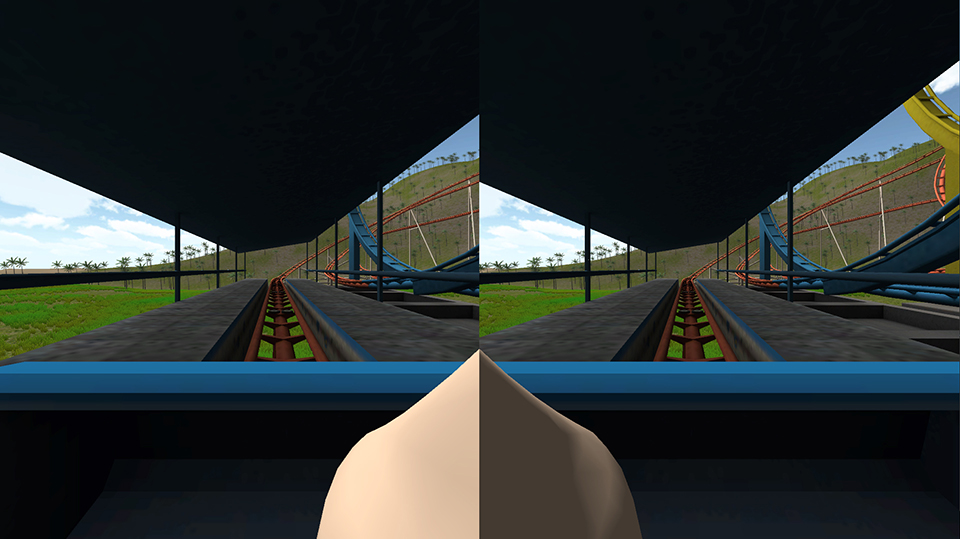
Virtual reality games often cause simulator sickness – inducing vertigo and sometimes nausea - but new research findings point to a potential strategy to ease the affliction.
"Simulator sickness is very common," said David Whittinghill, an assistant professor in Purdue University's Department of Computer Graphics Technology. "The problem is your perceptual system does not like it when the motion of your body and your visual system are out of synch. So if you see motion in your field of view you expect to be moving, and if you have motion in your eyes without motion in your vestibular system you get sick."
Anecdotal evidence has suggested simulator sickness is less intense when games contain fixed visual reference objects - such as a racecar's dashboard or an airplane's cockpit - located within the user's field of view.
"But you can't have a cockpit in every VR simulation," Whittinghill said.
His research team was studying the problem when undergraduate student Bradley Ziegler suggested inserting the image of a virtual human nose in the center of the video display.
Read the full Purdue University news release. This story was covered by Wired, Phys.org, and several other outlets.
Whittinghill’s initial presentation of this research to the Game Developers Conference was covered by Upload.
